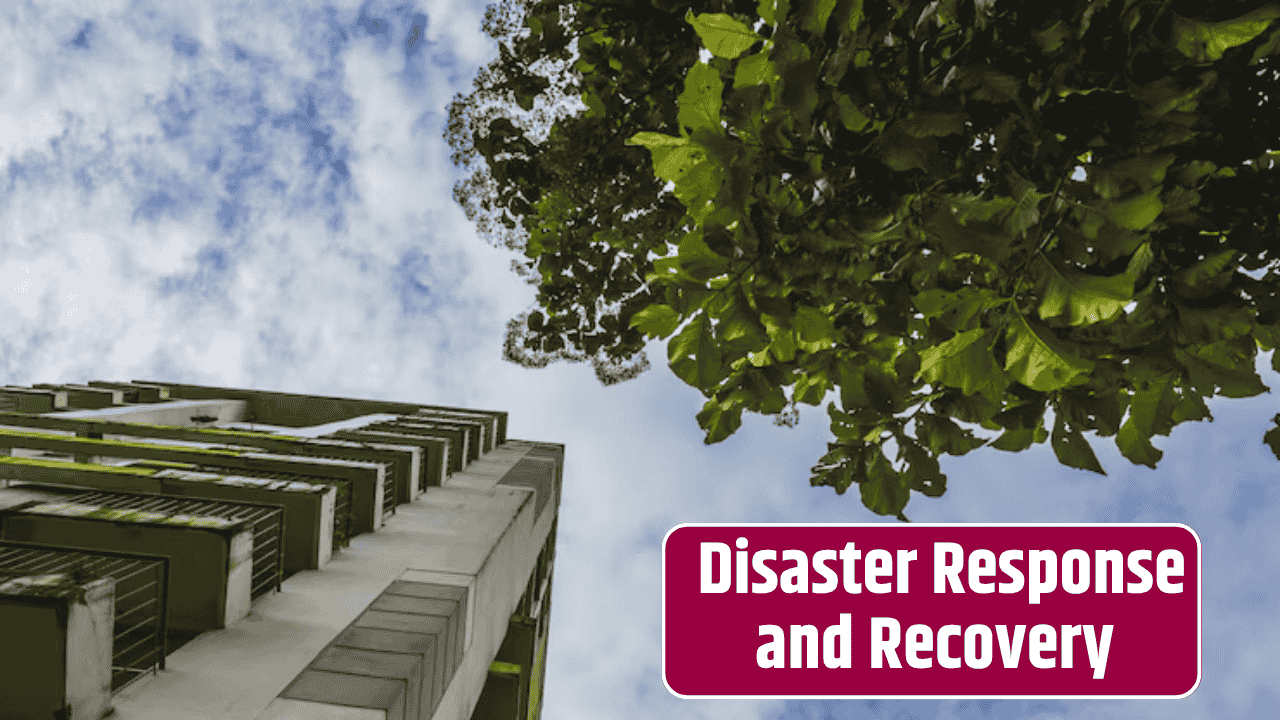When disaster strikes, seconds matter. Whether it’s an earthquake, flood, hurricane, or wildfire, the strength and design of our infrastructure can determine the difference between rapid recovery and prolonged crisis. Resilient infrastructure doesn’t just withstand impact—it recovers fast, keeps critical services running, and protects lives. In an era of climate change and increasing urban populations, building infrastructure that bounces back is no longer optional—it’s essential.
Table of Contents
What Is Resilient Infrastructure
Resilient infrastructure refers to systems and structures that are designed to absorb, adapt, and quickly recover from shocks and stresses. This includes everything from bridges, roads, and buildings to energy grids, water systems, and digital networks.
Unlike traditional construction, which often prioritizes cost or aesthetics, resilient infrastructure emphasizes durability, adaptability, and long-term sustainability. It anticipates worst-case scenarios—and prepares for them.
The Cost of Infrastructure Failure
Infrastructure failures can be catastrophic in both human and economic terms. Consider these recent examples:
| Disaster Event | Year | Estimated Damages | Key Infrastructure Impacted |
|---|---|---|---|
| Hurricane Katrina | 2005 | $125 billion | Levees, transportation, energy grid |
| Texas Winter Storm | 2021 | $195 billion | Power grid, water systems |
| Lahaina Wildfires | 2023 | $5.5 billion | Power lines, roads, communication |
The cost of not investing in resilient infrastructure is far greater than the upfront expense of designing for durability. For every $1 spent on disaster mitigation, FEMA estimates $6 is saved in future recovery costs.
Core Elements of Resilient Infrastructure
- Redundancy
Critical systems should have backups. If one part fails, another picks up the slack. - Robust Materials and Design
Structures should be built to withstand high-stress events, using modern engineering and high-quality materials. - Smart Technology
Sensors, IoT devices, and AI analytics can detect failures early and automate emergency responses. - Modularity
Systems designed in smaller, interchangeable units are easier to repair or replace after damage. - Community Involvement
Local input ensures infrastructure serves real-world needs and reflects local risks.
Examples of Resilient Infrastructure in Action
- The Netherlands’ Delta Works: One of the world’s most advanced flood defense systems, designed after the catastrophic 1953 flood.
- New York’s East Side Coastal Resiliency Project: Combines flood protection with public space enhancement, designed to protect against future hurricanes like Sandy.
- California’s Wildfire-Resistant Power Grid Upgrades: Utility companies are burying power lines and using fire-resistant materials to reduce risks.
Financing and Policy Tools
Governments, private investors, and international organizations are increasingly supporting resilience:
- Green Bonds and Resilience Bonds: Raise funds specifically for sustainable and disaster-proof infrastructure.
- Public-Private Partnerships (PPPs): Share risk and resources between governments and companies.
- Updated Building Codes: Stronger regulations enforce resilience standards at the local and national levels.
Why Seconds Matter
In the moments following a disaster, infrastructure determines how effectively a community can respond. Can emergency services reach those in need? Will hospitals remain operational? Do communication lines stay open? Infrastructure that bounces back quickly reduces chaos, saves lives, and shortens recovery timelines.
Investing in resilient infrastructure isn’t just about buildings—it’s about building safety, stability, and confidence in the future.
FAQs
What makes infrastructure “resilient”?
Resilient infrastructure is designed to withstand, adapt to, and recover quickly from extreme events or long-term stressors like climate change.
How much more expensive is resilient infrastructure?
While upfront costs may be higher, resilient systems often save money over time by avoiding expensive repairs and economic disruptions.
Can existing infrastructure be made resilient?
Yes. Retrofitting, adding redundancies, and integrating smart tech can significantly improve the resilience of older systems.
Who funds resilient infrastructure?
Funding can come from government budgets, private investors, or international aid organizations. Bonds and public-private partnerships are also common.
What role does climate change play?
Climate change increases the frequency and intensity of disasters, making resilient infrastructure critical to future-proof communities.














